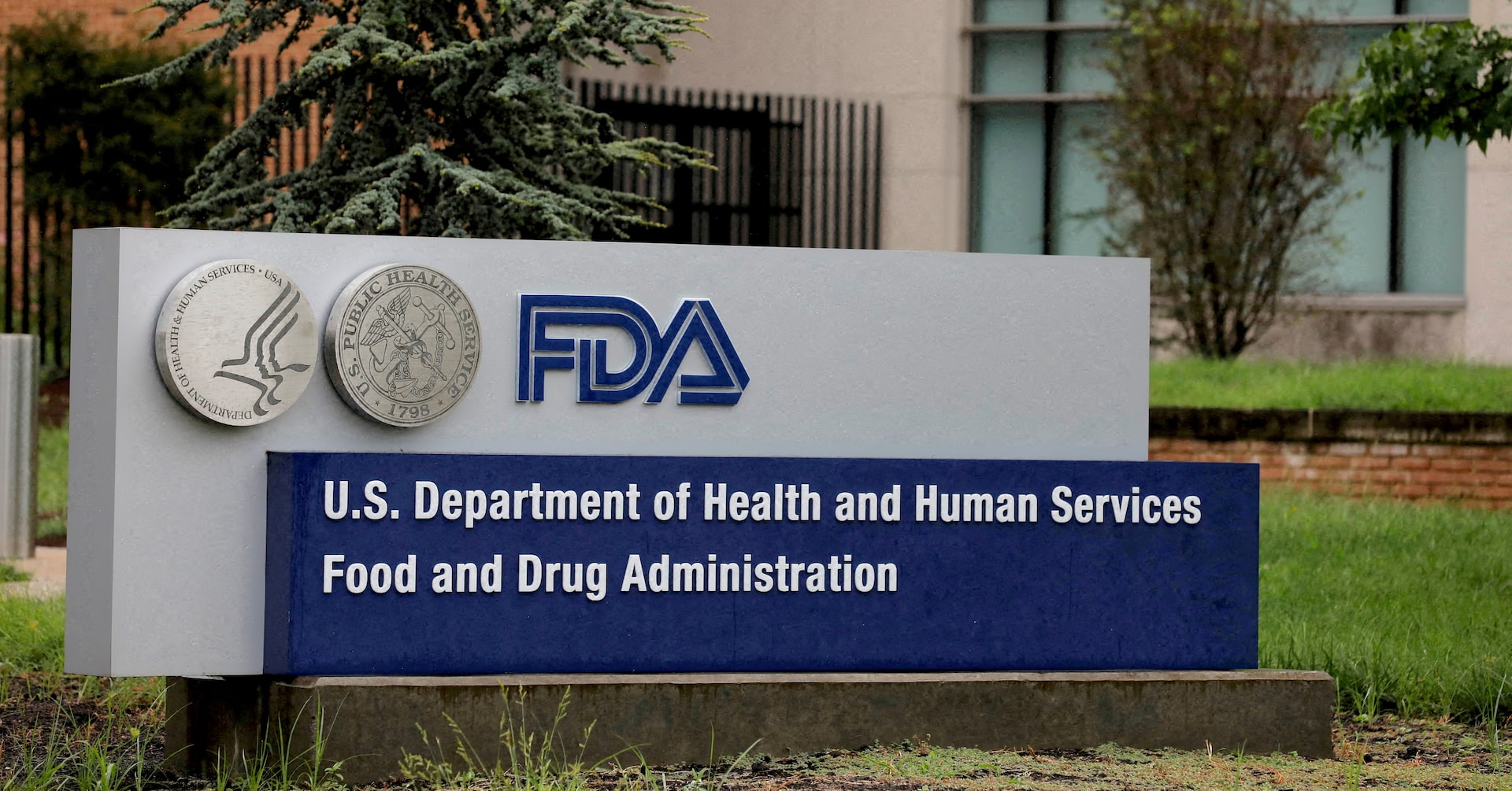White House Moves to Boost US Pharma Independence: Trump's Bold Manufacturing Push

In a bold move to revitalize the pharmaceutical industry, President Donald Trump is set to sign an executive order on Monday that promises to cut through bureaucratic red tape and simplify manufacturing regulations. According to insider sources at the Washington Post, the White House is preparing to unveil a strategic plan that could significantly streamline the complex regulatory landscape for drug production in the United States.
The executive order aims to reduce administrative hurdles and create a more efficient pathway for pharmaceutical companies to bring innovative medications to market. By targeting existing regulatory frameworks, the administration hopes to boost domestic manufacturing capabilities and potentially lower drug production costs.
White House officials, speaking on condition of anonymity, suggest that the order represents a critical step toward modernizing the pharmaceutical sector and enhancing the United States' competitive edge in global healthcare innovation. The details of the executive order are expected to be revealed in a formal announcement on Monday, potentially marking a significant shift in pharmaceutical manufacturing policy.
